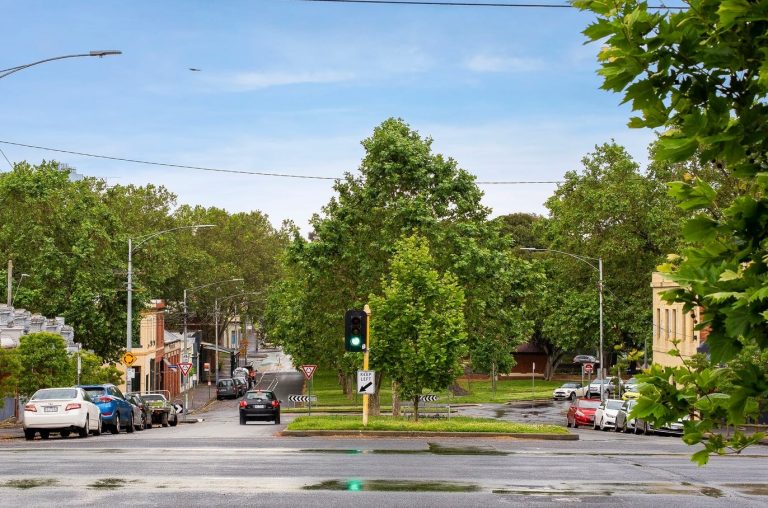5 ways to make your old building save energy

How can you make an older, energy-hungry building more sustainable? New, Green Star-rated buildings use 66% less electricity than average Australian buildings. But what steps can you take to bring an older building up to the performance benchmarks of new buildings?
How can you give an older building the performance benchmarks of new buildings?
The first step towards sustainability is to measure your building’s current energy consumption – because you can’t manage it until you measure it. Once you understand a bit more about how your building is performing and what resources it’s using, you can take a variety of steps to reduce your energy consumption – and many are easy and cost-effective to implement. Read more: Why green stars matter for office performance
1. Use natural light
One of the simplest ways to save money may be to let the sunshine in. The sun is our greatest natural source of energy, so make the most of the natural daylight in your building by eliminating unnecessary partition walls and repositioning furniture to get the most daylight. This can make a huge difference for very little cost, as long as you still prevent glare and reflections from interfering with staff tasks. Read more: Green buildings: how good light can help business
2. Time for a sustainability tune-up
You can save as much as 15% on energy bills through a simple building tune-up. Engage a specialist to adjust thermostats and air-conditioning settings, install timer controls, clean fans and filters and fix leaks – it will give you big bang for your buck.
3. Upgrade old equipment
Upgrading your old equipment is also worth the investment. Replacing old boilers, air-conditioners, heaters, water fixtures, urinals, can reduce your energy consumption by up to 40%.
4. Change your lightbulbs
Switching to LEDs and compact fluorescent lights can halve energy costs. While they do cost more initially, they use around 80% less energy and last up to 10 times longer. Also, consider whether your lighting is adequate for the task. Simple measures such as increasing the amount of personally controlled task lighting can make a space more productive and discourage people from turning on unnecessary and expensive overhead lights.
5. Monitor closely – and make changes
And consider installing sub-metering facilities which can help you monitor the individual energy and water usage of office tenancies. You’ll discover where the energy is being used within your building and how it can be saved. There are a range of programs available to help businesses wanting to reduce their carbon footprints. The NSW Government’s Energy Savings Scheme, for instance, offers financial incentives for businesses installing or improving energy saving equipment.
There are programs to help businesses wanting to reduce their carbon footprints.
In Victoria, the Smarter Resources, Smarter Business program offers financial support to help commercial office building owners reduce energy use and costs while increasing tenant appeal and asset value. Read more: Sustainability, the environment & commercial property And there are many reports out there to give more information about sustainability, operational efficiencies, behavioural change, and areas of capital expenditure, including The Warren Centre’s ‘Low Energy High Rise’ report, Finally, the Green Star – Performance rating tool can guide you through the process of assessing and improving your building’s energy efficiency and identifying the areas for incremental improvement – and help you capture the benefits of a smarter, more sustainable building.








